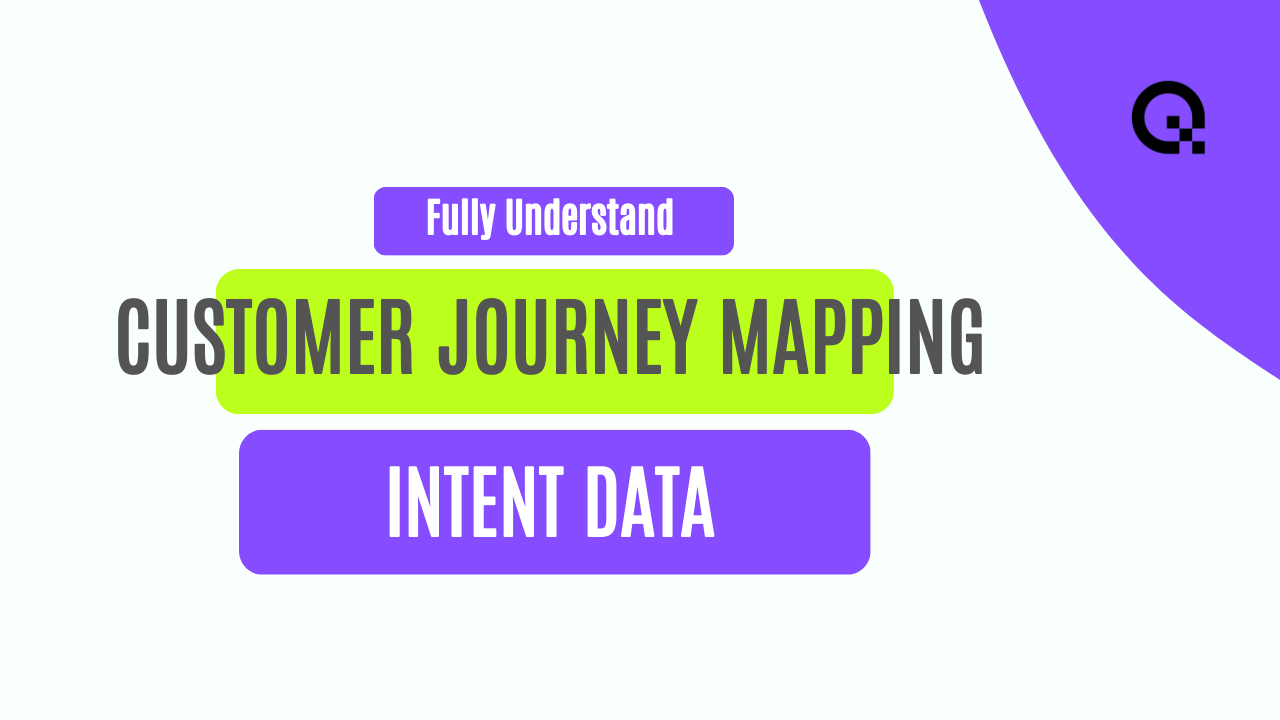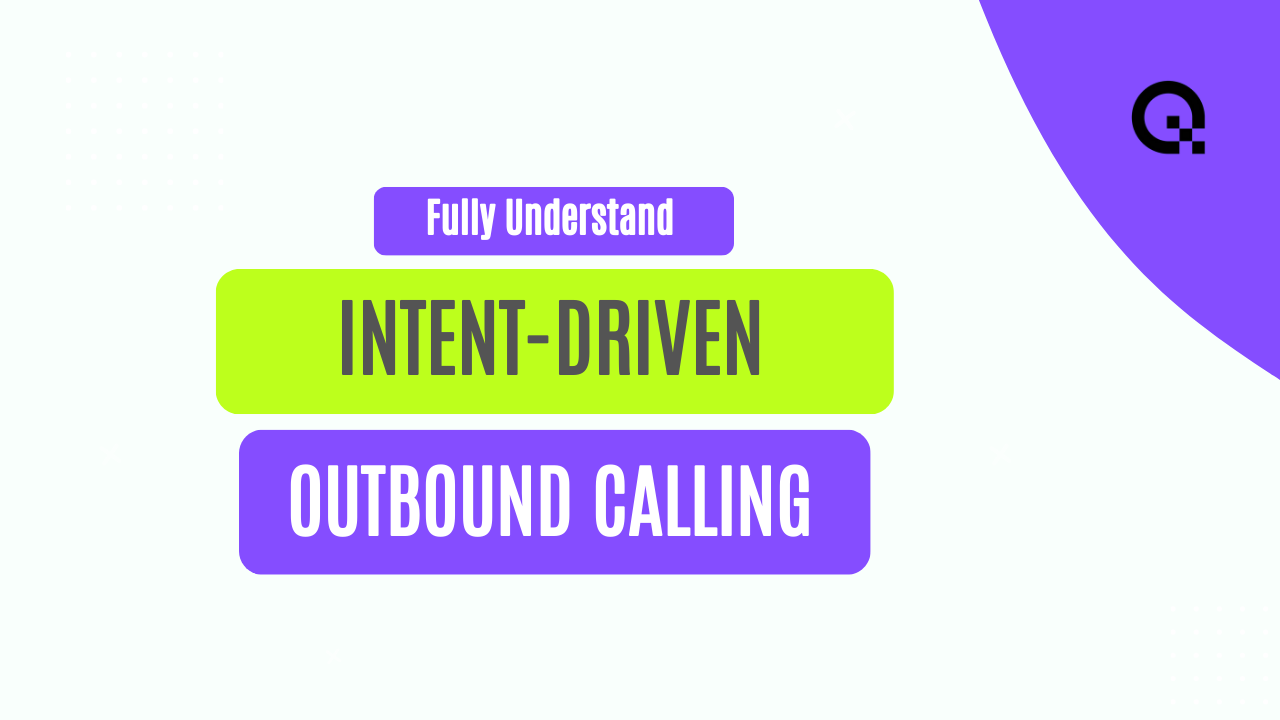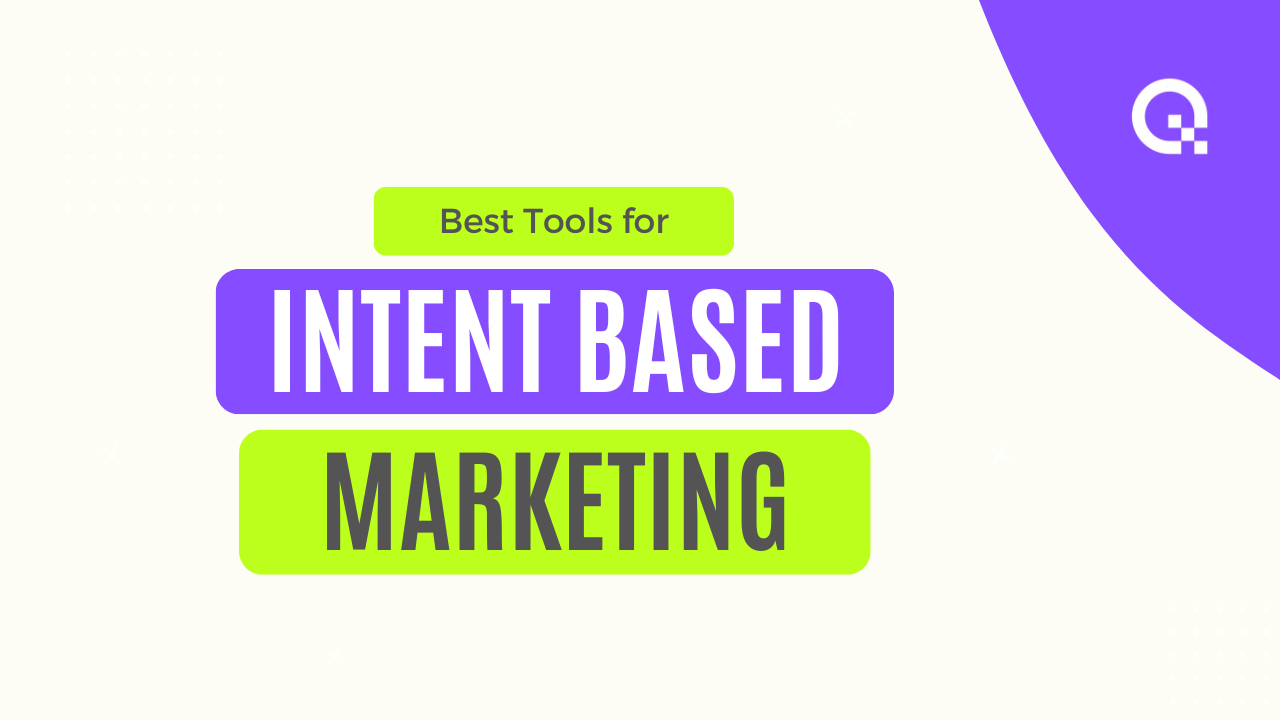The Ultimate Guide to Customer Journey Mapping with Intent Data
Customer journey mapping is a crucial process for businesses looking to enhance their customer experience and drive growth. By understanding the steps customers take from initial awareness to post-purchase support, companies can identify pain points, opportunities for improvement, and areas to personalize interactions.
What is Customer Journey Mapping?
Customer journey mapping is the process of visualizing and understanding the end-to-end experience a customer has with a brand. It involves capturing every touchpoint and interaction a customer has with a company, from the first point of contact to ongoing engagement and loyalty.
By mapping out the customer journey, businesses can gain valuable insights into how customers perceive their brand, where they encounter challenges, and how they make decisions. This insight allows companies to tailor their marketing, sales, and customer service strategies to better meet customer needs and expectations.
Customer journey mapping is not a one-time activity but an ongoing process that evolves as customer preferences and behaviors change. It requires a deep understanding of customer personas, motivations, and pain points to create accurate and insightful journey maps.
Why is Customer Journey Mapping Important?
Customer journey mapping is essential for businesses for several reasons:
1. Identifying Pain Points: By mapping out the customer journey, businesses can pinpoint areas where customers experience frustration, confusion, or dissatisfaction. This insight allows companies to address these pain points and improve the overall customer experience.
2. Optimizing Interactions: Understanding the customer journey enables businesses to optimize interactions at every touchpoint. By delivering relevant and personalized experiences, companies can increase customer satisfaction and loyalty.
3. Driving Growth: Customer journey mapping helps businesses identify opportunities to upsell, cross-sell, and retain customers. By understanding the customer's path to purchase, companies can implement targeted strategies to drive revenue and growth.
How to Create a Customer Journey Map with Intent Data
Customer journey mapping becomes even more powerful when combined with intent data. Intent data provides insights into the online behavior and interests of potential customers, allowing businesses to anticipate their needs and deliver relevant content and offers.
Here's how you can create a customer journey map with intent data:
1. Collect Intent Data: Start by collecting intent data from various sources, such as website analytics, social media monitoring, and third-party data providers. Intent data can include search queries, content consumption patterns, and engagement metrics.
2. Identify Key Touchpoints: Map out the key touchpoints in the customer journey, from initial awareness to conversion and retention. Use intent data to understand where customers are in their buying journey and what content or messaging will resonate with them.
3. Personalize Experiences: Leverage intent data to personalize interactions at each touchpoint. Tailor your messaging, offers, and recommendations based on the customer's demonstrated interests and preferences.
4. Measure and Iterate: Continuously monitor the effectiveness of your customer journey map and adjust strategies based on performance data and customer feedback. Use intent data to refine your targeting and messaging for better results.
Benefits of Customer Journey Mapping with Intent Data
Integrating intent data into customer journey mapping offers several benefits:
1. Enhanced Personalization: By leveraging intent data, businesses can deliver highly personalized experiences that resonate with individual customers' interests and preferences.
2. Improved Targeting: Intent data allows companies to target their marketing efforts more effectively by focusing on customers who are actively researching or considering a purchase.
3. Increased Conversions: Personalized and targeted interactions driven by intent data can lead to higher conversion rates and improved ROI on marketing campaigns.
Customer journey mapping with intent data is a powerful strategy for businesses looking to enhance customer engagement, drive conversions, and build long-term loyalty. By understanding the customer's path to purchase and leveraging intent data to personalize interactions, companies can create meaningful and impactful experiences that drive results.



